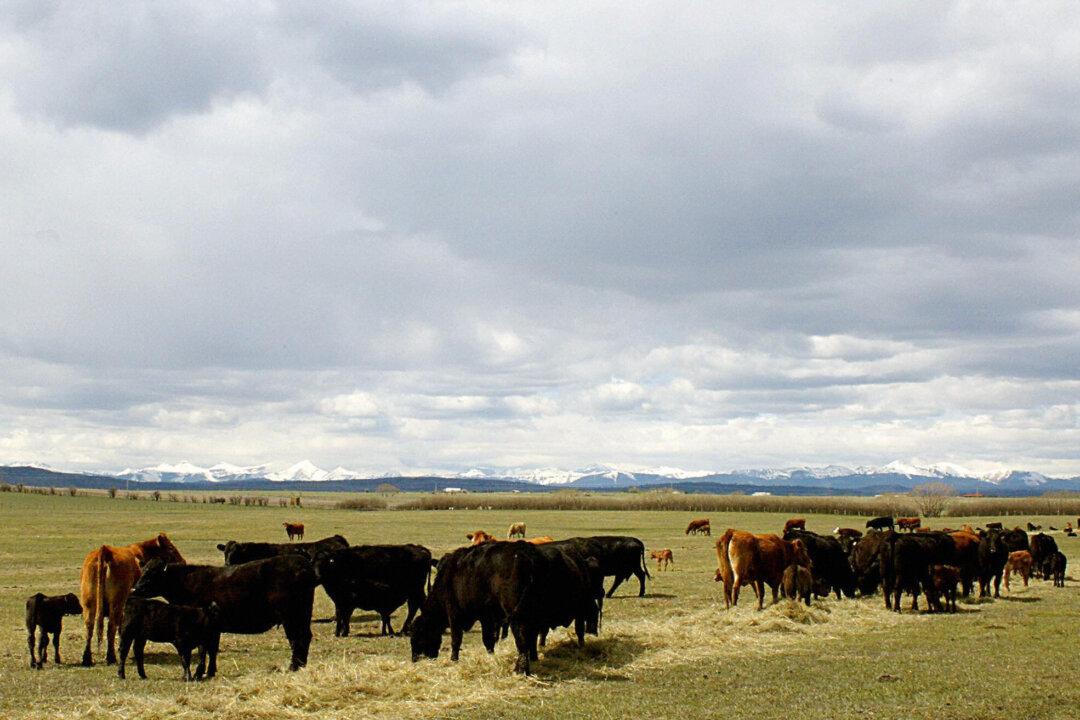As Ottawa eyes Canadian farms and cattle as a source of greenhouse gas (GHG) emissions to be quelled, the European experience is a cautionary tale.
In Europe, policies that affect farming operations, including the Netherlands’ plan to massively reduce livestock to cut emissions, have sparked widespread protests.





